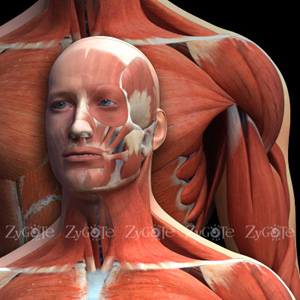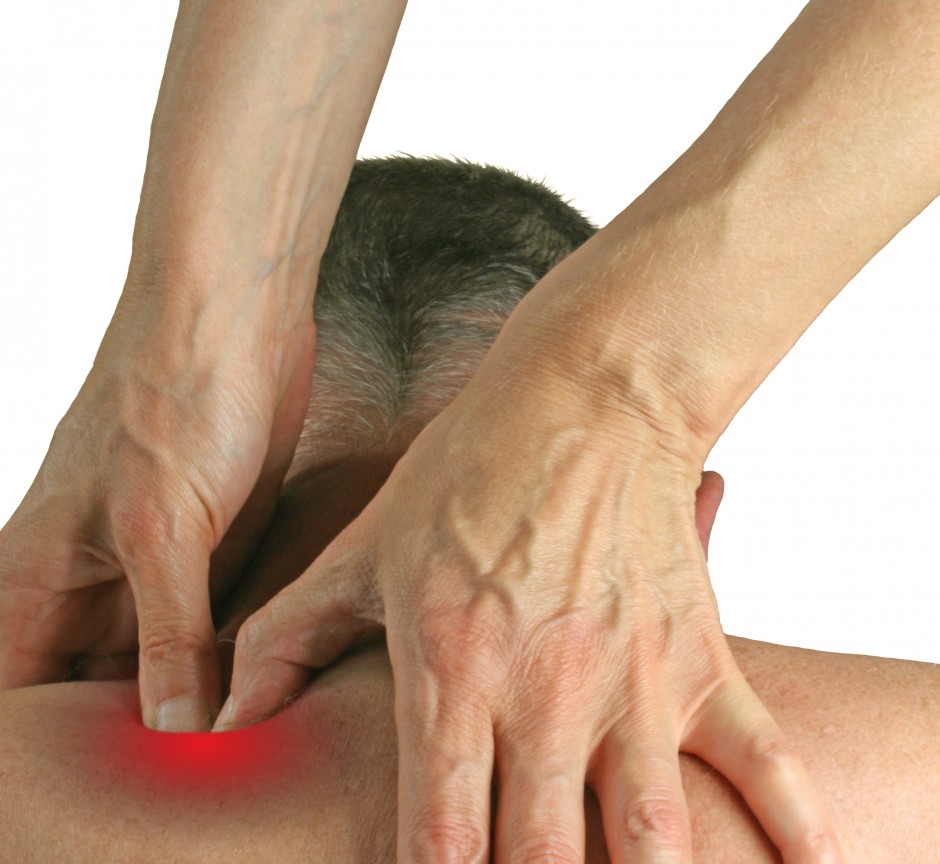| 207-619-3273 Stress Waived-Pain be Gone 862 Minot Ave, Auburn, Maine 04210 |
Learn more, Stay Educated about Pain, Pain Relief, Health and Wellness
| HOME |
WHY choose US | About Us | BOOK Now |
|
Trigger Points-What are they? Why might I care?
What causes Trigger points? What is TP therapy?
Trigger point sessions
Trigger point therapy is a type of neuromuscular work.
Have you tried: chiropractic, magnets, medication, accupunture, herbal therapy, physical therapy? Gotten no results?
TP could be the reason behind your pain/problem/issue.
Opinion is growing that many of our daily aches /pains are caused by TP. Some basic, common ailments such as: Headaches, neck pain, jaw pain, back pain, carpel tunnel, tennis elbow, golfers elbow, tendonitis, arthritis and SO many other conditions. TP have been attributed to ear aches, nauseua, dizziness, and other more common diagnosed issues-or really mis-diagnosed.
Travell, Janet and Simons, David are quoted as the founders of TP therapy. They studied and ‘mapped’ the TP paths. They define TP as “ a small contraction knot within muscle tissue”. Others explain TP as: ‘ a highly irritable localized spot of exquisite tenderness in a nodule in a palpable taut band of muscle tissue’. A ‘map’ is needed to have a basic idea of where TP are and where they refer the pain. Most modalities treat the site/muscle where pain occurs, hence why people get some immediate relief but pain returns. The location/cause of the pain is not addressed.
TP can be active and painful or they might be latent and cause pain later. They are a very “odd duck” as I would say. This can be why pain is mis-diagnosed and mistreated which leads people down an ugly road of pain, meds, depression, more meds, loss of work, surgery, and still no pain relief nor end in sight.
TP can occur in any muscle of the body (200 pairs). TP can last a lifetime and been shown to exists in muscle tissue even after death. WOW! Needless to say they are persistent little buggers. TP are a component of 93% of pain. No person is exempt from TP, because TP are very common place. With todays jobs, chores, sports, and activity levels, TP form easily with overuse. TP can be latent/remission and flare-up/become active very quickly and easily with stress and/or strains.
TP themselves are typically tender to touch and certainly to pressure. The catch 22 is pressure is how to work them out and increase blood flow to the area for healing and reduced pain.
Stretching is hit or miss. If it helps you feel better-then do it. Although stretching should NEVER hurt or cause pain. TP can do just that when you stretch.
TP do not have to be in the muscle where the pain is nor affect the muscle they are in at all, but they can. They can range in size from pinhead to pea size and refer close or far away.
Here is what the inside of a TP looks like: A=normal muscle fiber at rest (not contracted) B=knot in muscle fiber (over stimulated and unable to “let go”-relax C=non-knotted, but affected fiber with in the muscle
Therapy helps equalize the space, encouraging “rest” and releasing of the knot/TP.
In each treatment session we talk about correcting-posture, overuse, and changing the condition that create the tension, overuse and ultimately TP. If you do not change what is causing the problem, the TP and pain will return.
Many massage techniques may work over muscles with TP, but not the TP directly, meaning Swedish, acupuncture, PT, etc… have little affects on TP directly, hence why no great results and relief occur.
You must see someone who does TP work typically treatment or medical massage. We here at Stress Waived focus on pain reduction/relief and work on TP with other added modalities/techniques to achieve these results. If you are in pain, we would love to see and help you. You can schedule by calling or online.
by: deborah Housley
|
|
(in the office of Dr. Paul Morin, Chiropractic)
Ample/Excellent parking-Free, Easily accessible

